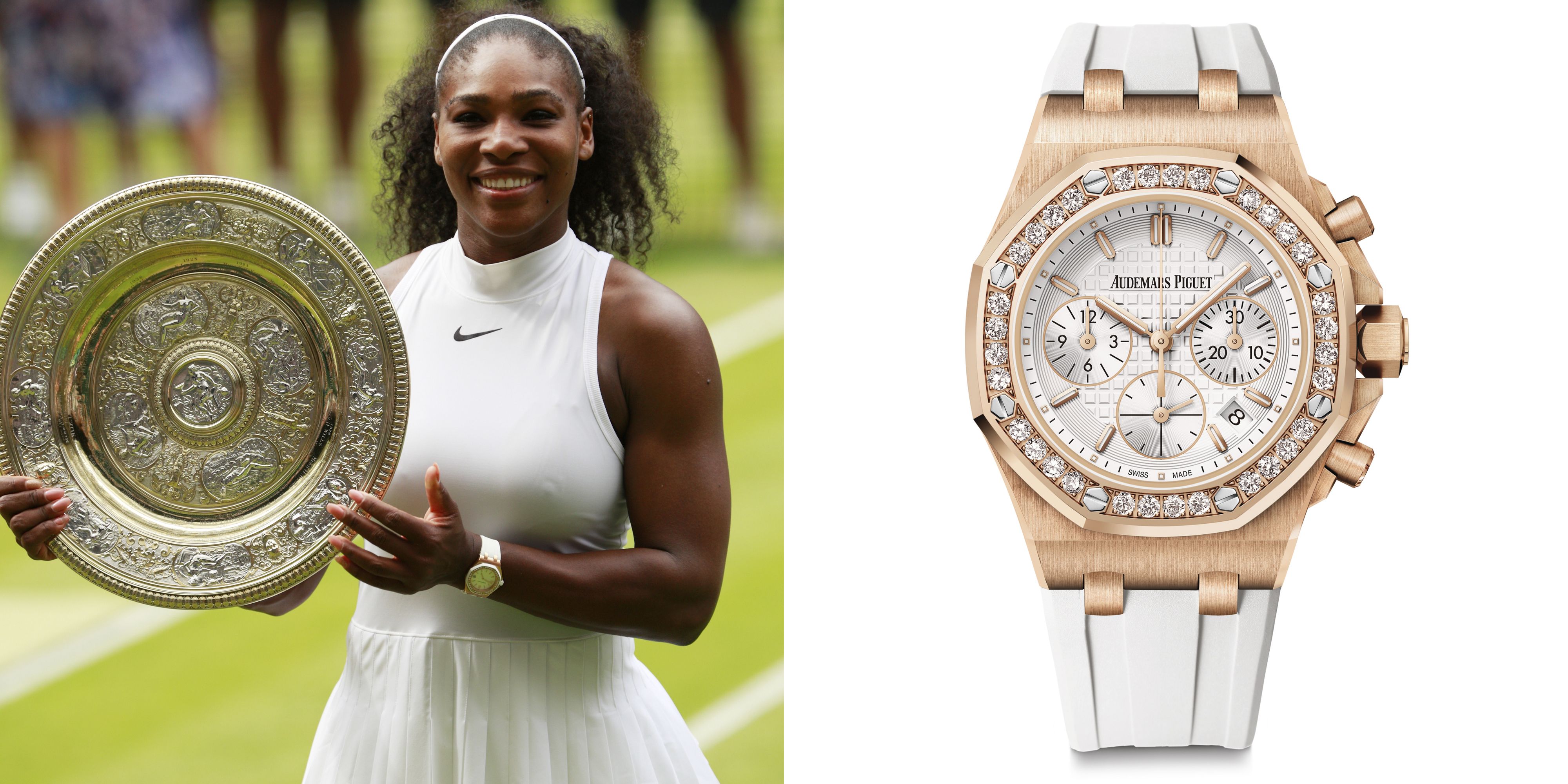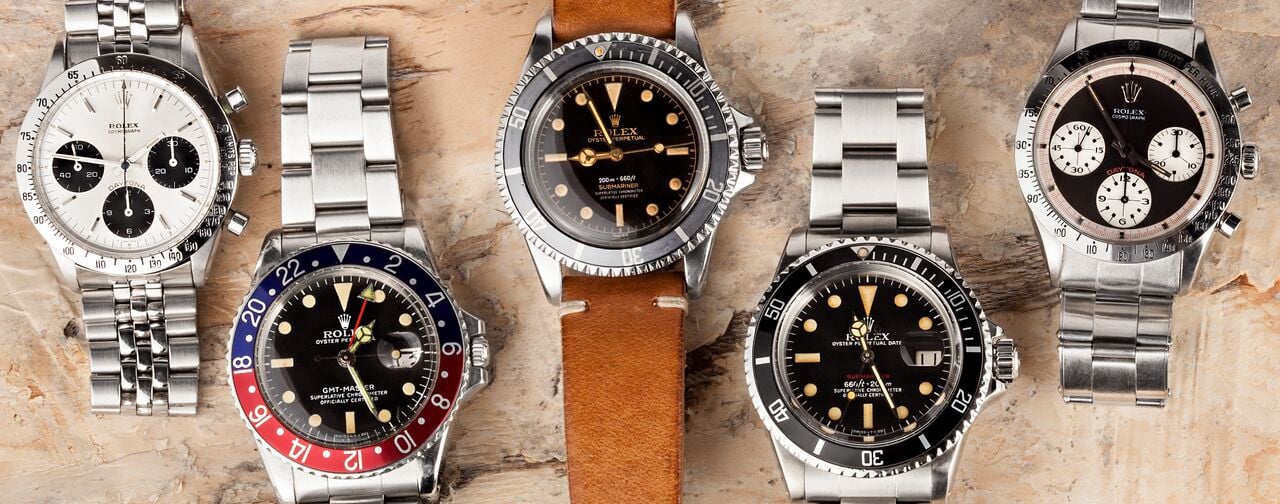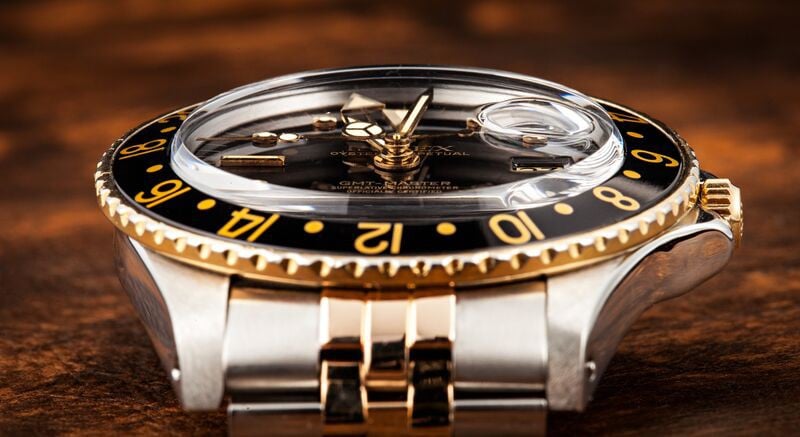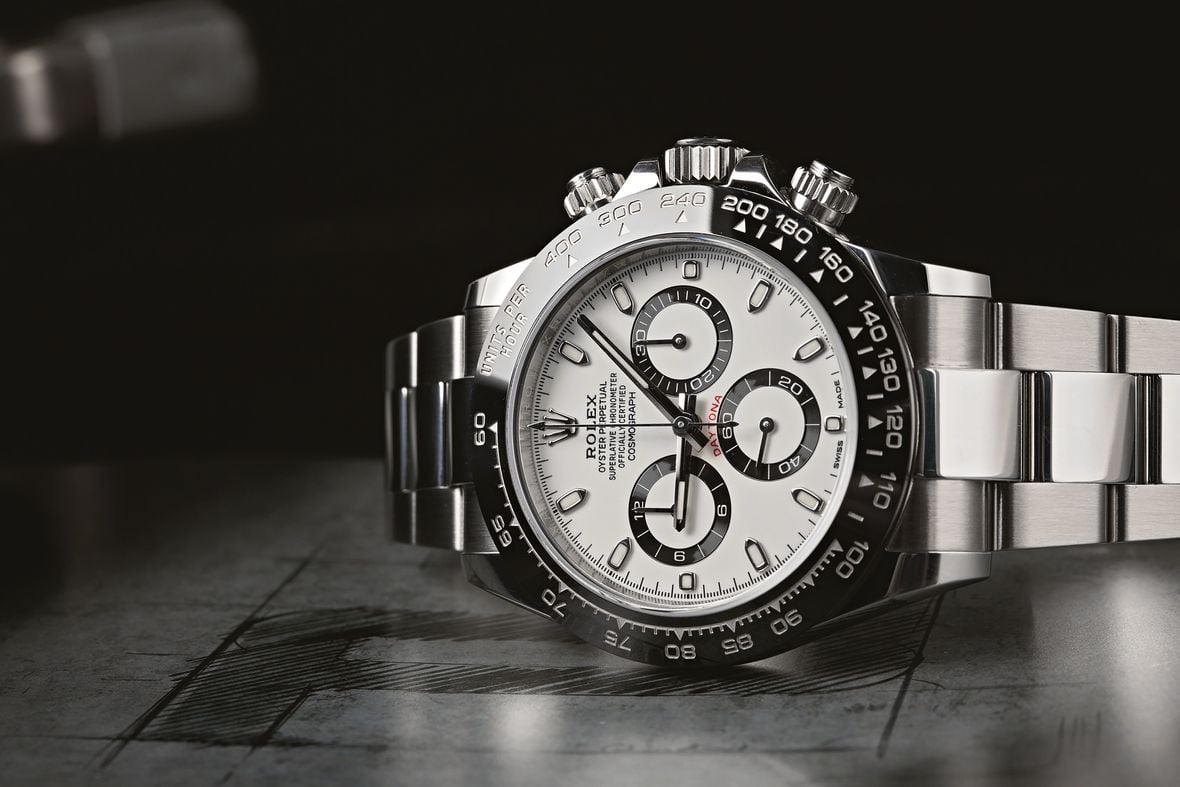While all modern Rolex watches are fitted with crystals craft from highly scratch-resistant synthetic sapphire, older Rolex timepieces were manufactured with crystals made from a plastic-like material known as acrylic. The first Rolex watch to ever be fitted with a sapphire crystal was the reference 5100, Rolex’s first-ever quartz watch that was produced as a limited series and powered by the Beta-21 movement. The reference 5100 debuted to the public in 1970; however, acrylic crystals continued to be fitted to certain lines of Rolex watches into the early 1990s.
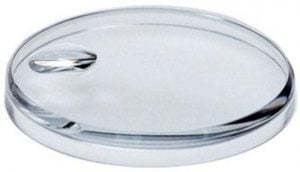
Acrylic crystals are significantly less scratch resistant than their later-era, sapphire counterparts, and will inevitably develop small marks and scratches on their surfaces, even if they do not receive any rough treatment. Sapphire has a hardness of 9 out of 10 on the Mohs Hardness Scale, while acrylic plastics typically have a rating of around 3 or 4. Most commonly encountered metals and minerals have a hardness rating that ranges anywhere between 5 and 8, which means that when the majority of hard objects come into contact with an acrylic crystal, they are likely to leave some sort of mark or scratch.
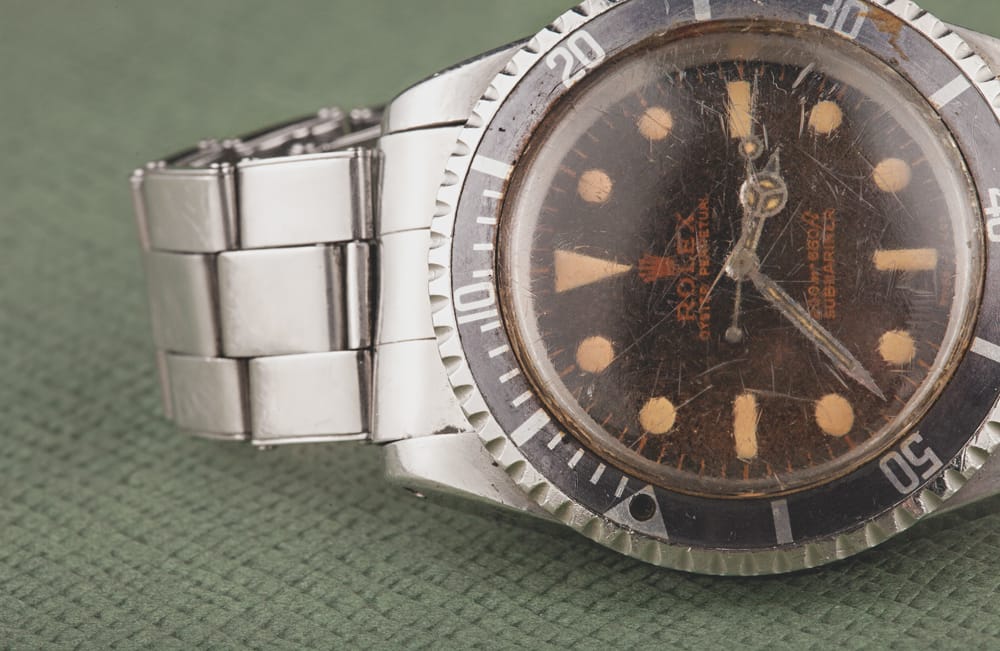
While acrylic crystals do acquire blemishes rather easily, light scratches and scuffs can often be remedied whenever they manage to occur. Any damage sustained by a sapphire crystal is likely to be permanent, while more minor marks on acrylic crystals can be easily removed at home within a few minutes, by simply using any number of commonly available polishing compounds, and a soft cloth.
Although acrylic crystals are significantly less scratch resistant than their later-era, sapphire counterparts, they are generally better at surviving significant impacts. Hardness ratings relate to scratch resistance, rather than overall durability. Sapphire crystals are very “hard” and difficult to scratch; however, they are prone to chipping and shattering should a significant impact take place.
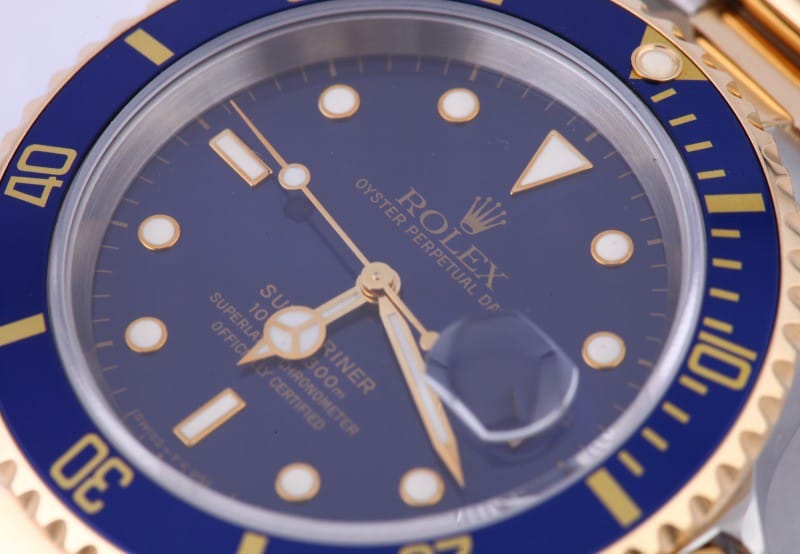
Whenever a sapphire watch crystal does manage to break and shatter, the tiny, incredibly hard crystal shards create permanent marks on the surface of the dial, and ultimately get into the inner-workings of the movement, requiring the watch to be professionally cleaned and serviced. Acrylic crystals are inherently more flexible, and better at accommodating hard impacts; however, when they do manage to break, they often crack but hold together, rather than shattering and falling into the watch.
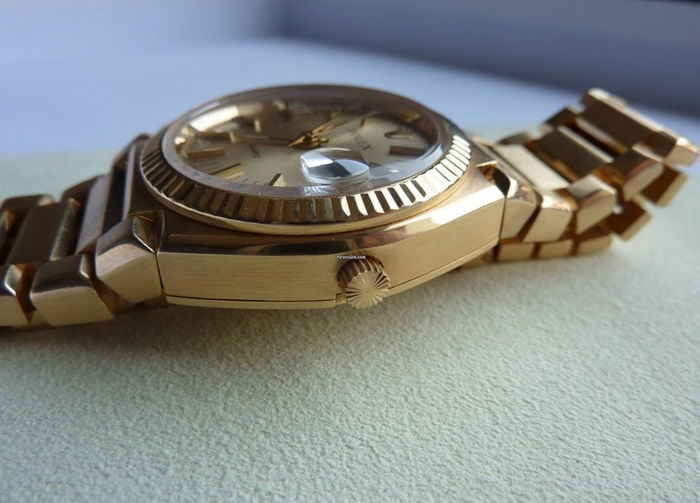
The smooth, hard surface of a sapphire crystal provides a watch with a more modern and refined look and feel, and its superior hardness ensures that the face of the watch will look clear and pristine for years to come. On the other side of things, many collectors appreciate acrylic crystals for the warm, vintage appearance that they bring to a watch. Additionally, whenever a replacement crystal is required, acrylic crystals are significantly less expensive to replace than their sapphire equivalents. Neither acrylic nor sapphire can be considered an all-around, “better” material for watch crystals, but rather each has its own, unique list of advantages and drawbacks.

